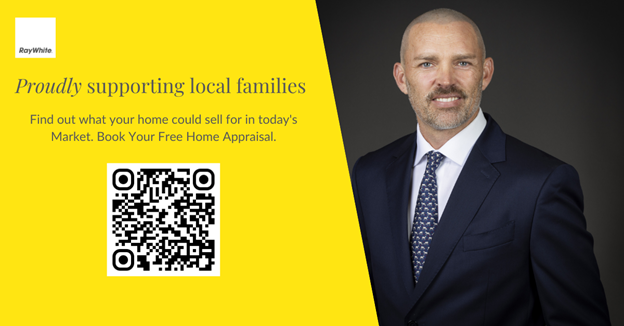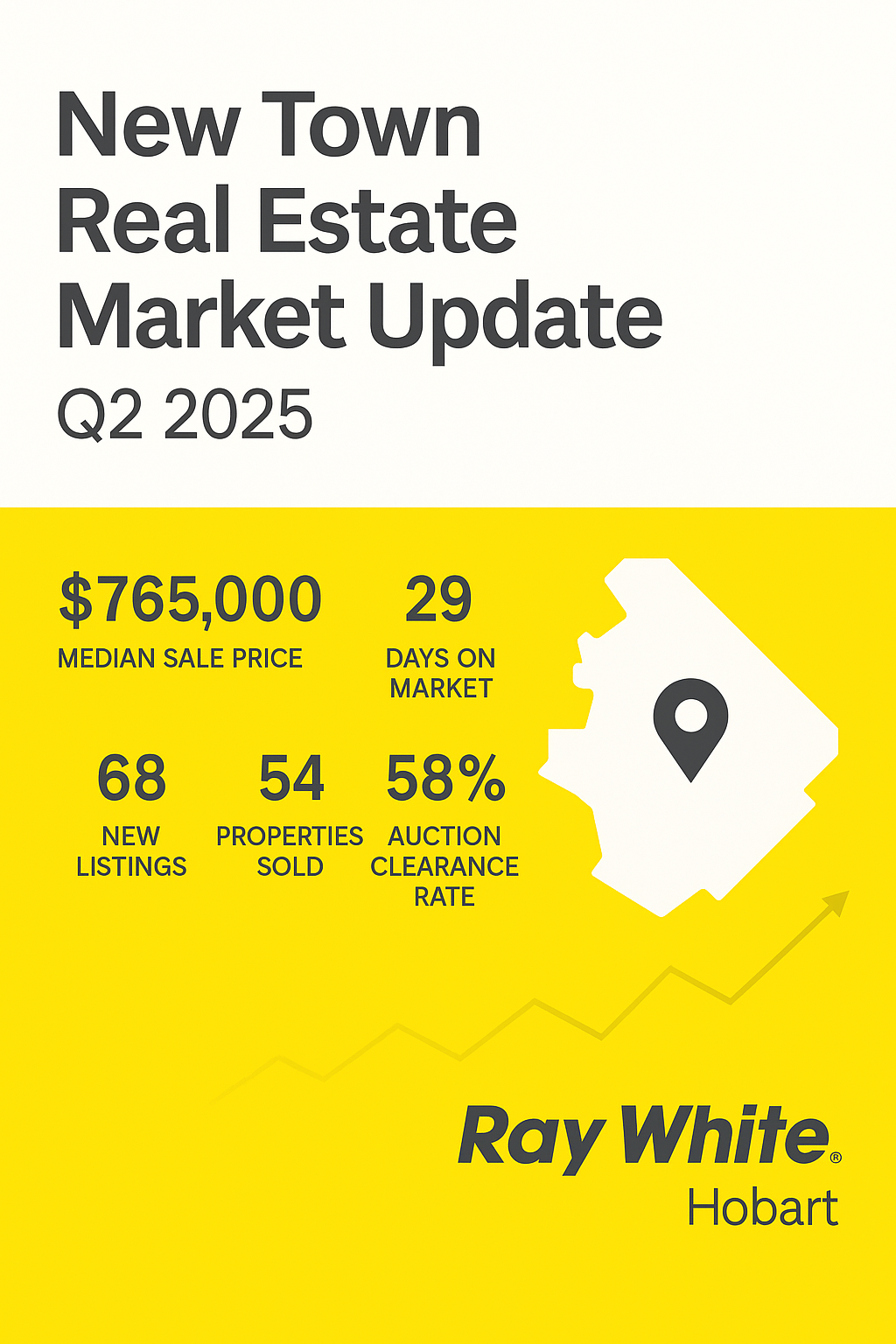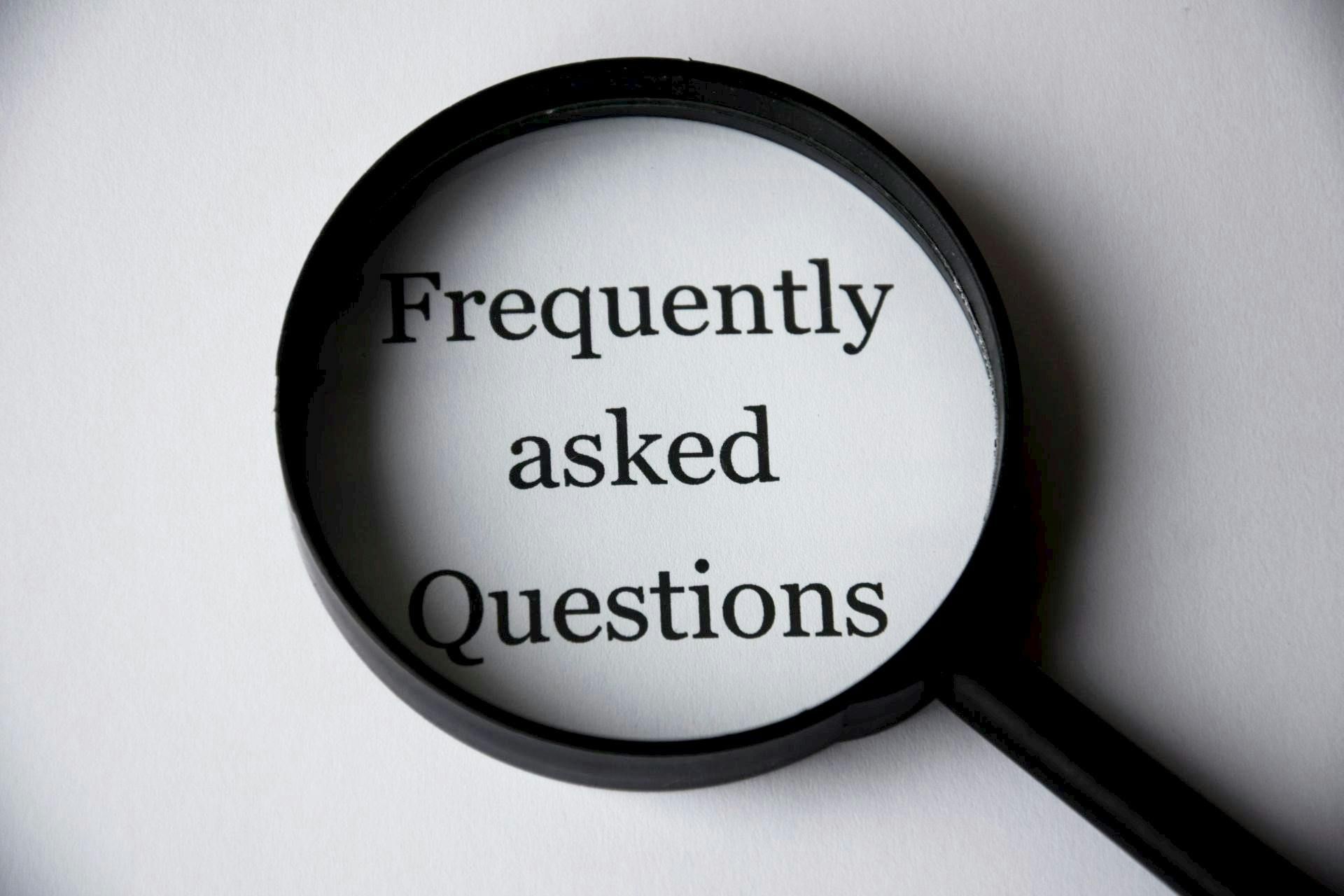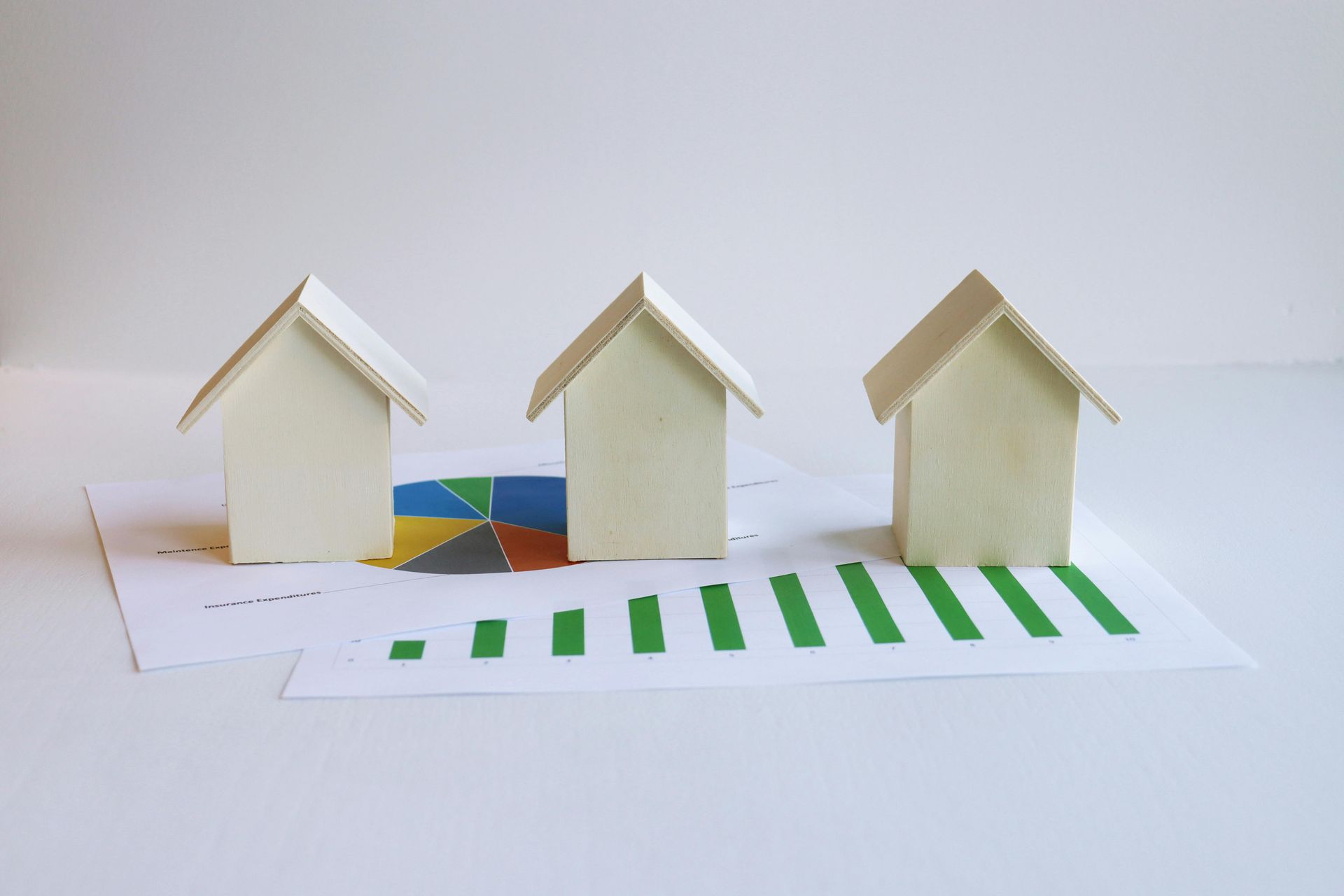What to Do After Selling a House: Next Steps & Moving House Checklist (Free PDF)
Make Selling Your House Easier
1. Handling the Paperwork: Conveyancing and Settlement
Once your property is sold, the legal process kicks off. This is where conveyancing comes in—a mandatory procedure in Australia that legally transfers ownership of the property to the buyer.
Only licensed conveyancers or solicitors can manage this. They’ll draft a contract of sale detailing everything from ownership specifics and included features, to the property’s zoning and drainage documents. Once both the buyer and seller sign and exchange contracts, the agreement becomes legally binding.
Tip: Be aware that cooling-off periods may apply after contracts are exchanged (see next section).
On settlement day, the buyer pays the remaining purchase amount and formally takes ownership. It’s the final handshake in your property journey.
2. Cooling-Off Periods: What You Need to Know
In most parts of Australia, buyers are entitled to a "cooling-off" period after signing a contract—giving them time to reconsider the purchase with minimal penalty.
In Tasmania, there is no automatic statutory cooling-off period for residential property purchases. However, the standard form Contract for Sale of Real Estate includes an optional three (3) business day cooling-off period. This period must be explicitly selected by the buyer at the time of signing the contract. If the buyer chooses to include this clause, they have three business days from the contract date to withdraw without penalty, and any deposit paid will be refunded in full.
These periods do not apply to auction sales, and exceptions differ by state, so it’s essential to check your local regulations.
3. What Happens to Your Mortgage?
Still paying off your home loan? You’ll need to settle your mortgage with your lender before the sale is finalized. This can take a few weeks, so notify your bank early in the settlement process.
If your sale price exceeds your remaining loan balance, you’re in the clear. But if not, you’ll need to pay the shortfall from personal funds or assets—something best avoided with good planning.
4. Buying and Selling at the Same Time?
Coordinating a buy-and-sell simultaneously is possible—but it requires preparation and timing.
Typically, people choose to sell first, reducing financial risk and avoiding the need for bridging loans. However, in a fast-paced or rising market, buying first could also work if your current home is in high demand.
Advice: Partner closely with your real estate agent and lender, and do your research on both markets to ensure everything aligns.
5. The Big Move: Stress-Free Tips from Experts
Packing up and relocating can be chaotic—but it doesn’t have to be. Here are pro tips to help your move go smoothly:
Avoid weekend moves: Weekday moves are often more affordable.
Essentials first: Pack a box with remote controls, bed screws, instruction manuals, and shelf parts.
Create a “survival kit” with tea, breakfast items, pet food, meds, chargers, school needs, and yes—don’t forget toilet paper.
Check dimensions: Make sure your furniture fits through doors and stairways at the new place.
Plan your layout: Use a floor plan to decide where furniture goes before moving in.
Secure parking: If moving in a city area, book a loading zone for the truck to avoid fines.
🧾 Free Download: Moving House Checklist
Take the stress out of your move with our detailed checklist that breaks down what to do months before, weeks before, on moving day, and after moving in.








